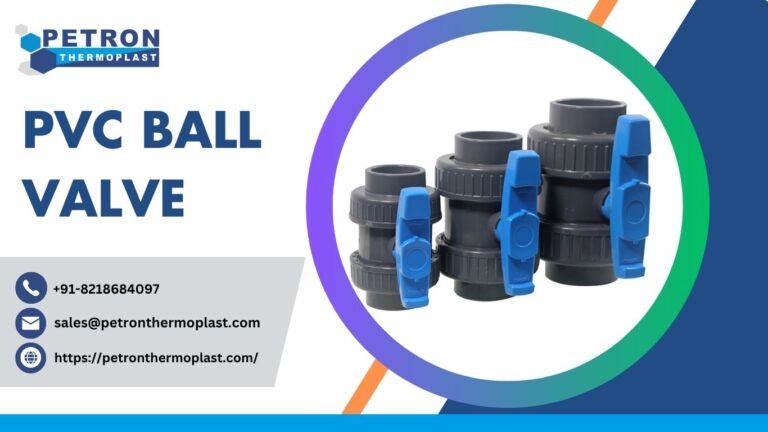As organizations rapidly embrace cloud computing, securing modern applications has become a top priority. Traditional security models are no longer sufficient to protect cloud-native applications, which are built for scalability, flexibility, and agility. A cloud-native security platform offers a purpose-built solution designed to address the unique challenges of securing cloud environments.
In this article, we’ll explore why businesses should adopt a cloud-native security platform and how it enhances security, compliance, and operational efficiency.
What is a Cloud-Native Security Platform?
A cloud-native security platform is a security solution specifically designed for cloud environments, leveraging the principles of cloud computing, including:
- Scalability: Dynamically adjusts to the workload and infrastructure needs.
- Automation: Uses AI and machine learning for threat detection and response.
- Microservices-Based Architecture: Protects distributed cloud applications.
- API-Driven Security: Integrates seamlessly with DevSecOps workflows.
Unlike traditional security tools that rely on perimeter-based defenses, cloud-native security platforms offer real-time monitoring, proactive threat detection, and automated response to protect workloads across multiple cloud environments.
Key Benefits of a Cloud-Native Security Platform
1. Advanced Threat Detection and Response
Cloud-native security platforms use AI-driven analytics and behavioral monitoring to detect threats in real time. With continuous monitoring, organizations can identify vulnerabilities and respond to incidents before they escalate into major security breaches.
2. Automated Security and Compliance
Compliance with industry regulations like GDPR, HIPAA, and SOC 2 is a challenge for many businesses. Cloud-native security platforms offer automated compliance checks, policy enforcement, and audit-ready reporting, reducing manual effort and ensuring adherence to security standards.
3. Scalability and Flexibility
As businesses grow and scale their cloud applications, security must evolve accordingly. A cloud-native security platform adapts dynamically to workload changes, ensuring that security is maintained even as infrastructure scales across multiple cloud environments.
4. Zero Trust Architecture (ZTA) Implementation
Modern security strategies prioritize Zero Trust, meaning that no entity—inside or outside the network—is automatically trusted. A cloud-native security platform enforces identity verification, least privilege access, and continuous authentication to prevent unauthorized access.
5. DevSecOps Integration
Security should be embedded into the software development lifecycle (Shift Left Security). Cloud-native security platforms integrate with DevSecOps pipelines, enabling automated security testing, vulnerability scanning, and infrastructure-as-code (IaC) security within CI/CD workflows.














